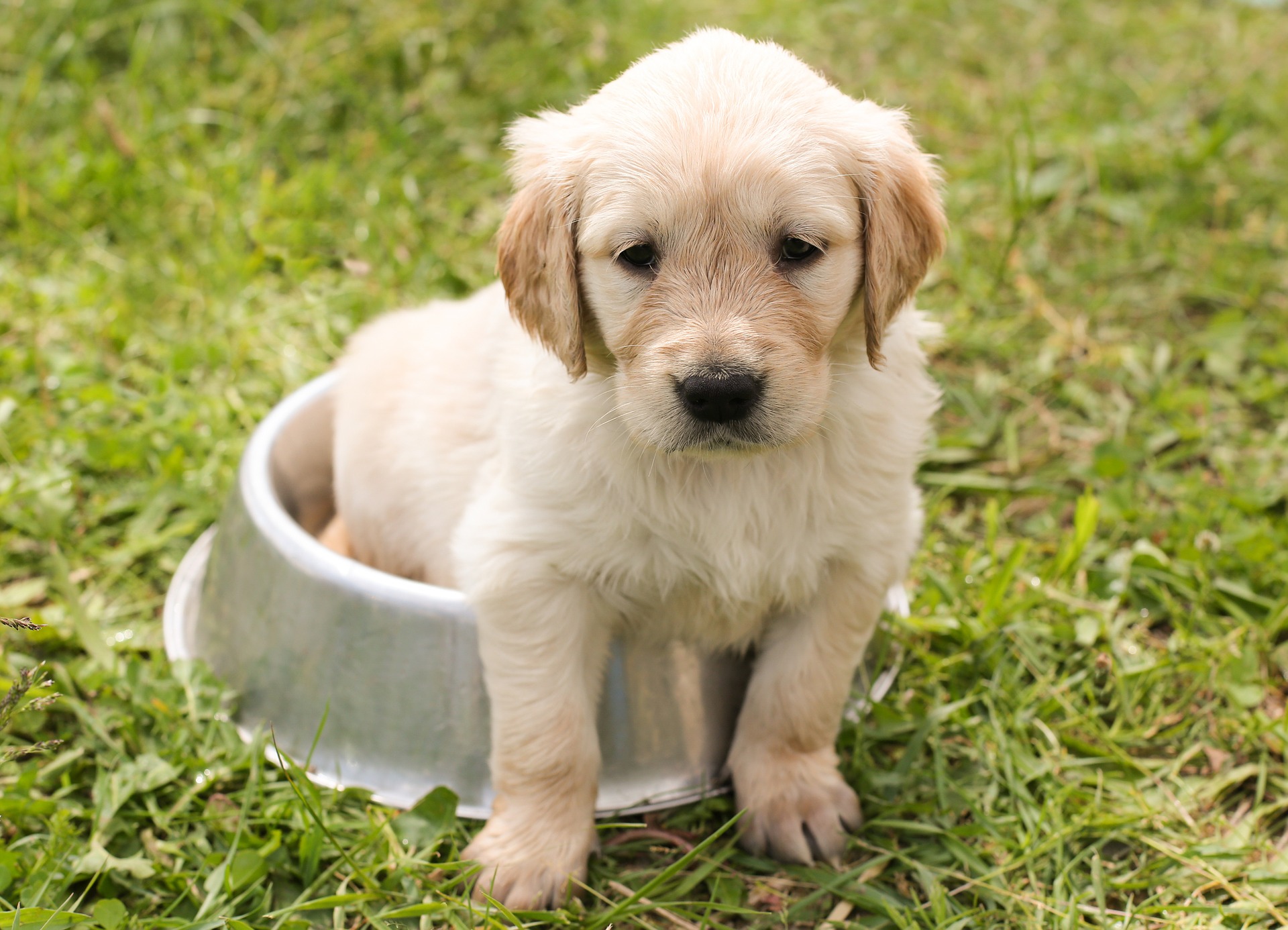Pet insurance is often advertised as the animal alternative to medical aid. With the cost of not only human medical treatment increasing, but veterinary treatment for your pets as well, having insurance to help cover these costs is becoming increasingly important. We look at how the health insurance products designed for your pets differ to medical aid.
An important distinction between the two is the financial structure of pet insurance compared to medical aid. Medical aid schemes are not permitted by law to operate at a profit. In contrast, as pet insurance is underwritten by insurance companies, it is not limited by the same laws as medical aid, and as such can make a profit.
Administration and finances
In many ways pet insurance and medical aid are administered the same way. Clive Berman, managing director of PetSure, explained: “The administration is computer systems that are very similar to human medical aid computer systems, and it’s done almost identically on the same basis. Claims get submitted on our mobile apps generally. They take pictures of the claim forms, the vet invoice and the receipt, so that all claims that come in are receipted claims so that we know that the vet has been paid, and then we reimburse the members based on the benefit that they’ve signed up for.”
However, Berman stressed that a difference between the two insurance products is that “the governing laws around the human medical industry are the Medical Schemes Act, and in the pet insurance industry it’s governed by the Short Term Insurance Act.”
Louise Beevers, director of Medipet, noted: “Medipet Dog and Cat Veterinary Insurance Brokers administer the Medipet Policy. Owners sign up on line via our website or fax in their application forms. Medipet is underwritten by Renasa.”
Berman clarified that pet insurance products are underwritten by an insurance company. As stated above, Medipet is underwritten by Renasa, PetSure is underwritten by Hollard Insurance.
“Profit in terms of underwriting accrue to basically the shareholder. That’s why the products have got to be really smartly designed and actuarially computed in terms of making it a fair value proposition to a client. That’s why the premiums are so low in the pet industry, the average premium is probably around R250 to R300 per month depending on the cat or the dog, and/or breed, and/or age. From that point of view it’s totally different from human medical aid where you pay thousands per month generally,” stated Berman.
The cover
There are no industry standards or regulations as to what must be covered for pet insurance, unlike with human medical aid which needs to cover a set list of prescribed minimum benefits.
Beevers highlighted that every pet insurance policy is different and owners must always read the small print when looking for the best cover. “Medipet has the most comprehensive cover, we cover all accidents, illnesses and emergencies as well as hydrotherapy, acupuncture, physiotherapy and behaviour. We have no breed exclusions or sub-limits.”
Berman pointed out that it is purely competition that leads pet insurers to cover similar things, such as accidents and illness. “There is no industry standard in terms of a legislation or anything. It is purely competition that it’s either accident, accident and illness, and then accident, illness and preventative or routine care. Most of our plans that we administer, which is 11 pet insurance plans, they all offer some form of routine cover, which is preventative. It’s like tick and flee control, and vaccinations, dental scaling and polishing, and a contribution towards sterilisation etc. So it’s limited but every year it renews, so it’s encouraging people to take out preventative cover.”
Accident cover applies to the pet when it is involved in an incident that may leave it injured. It does not apply to third party cover, such as if you dog should bite a person.
Parting tips
There are several things that should be considered when taking out pet insurance. Among them is the age of your pet, and any pre-existing conditions your pet may have. Furthermore, it is important to remember that many pet insurance products will mainly cover domestic dogs and cats, and possible leisure horses. If you want to insurance a more exotic pet, such as a bird, or even a racehorse, you will need to look for a suitable pet insurer.
With regards to taking out cover, Berman stated: “In terms of the medical insurance cycle of a pet, generally the first year to 18 months and the last year to 18 months of life are when pets generally incur the most expenses. There is an upper age limit in when they can join pet medical insurance, which is normally around eight or nine years old, and a lower age limit, they can’t be less than eight weeks. However, once you’re on, you’re on for life. So if you come on at the age of a year, and your animal live to 15-16, the cover will not be denied going into old age.”

